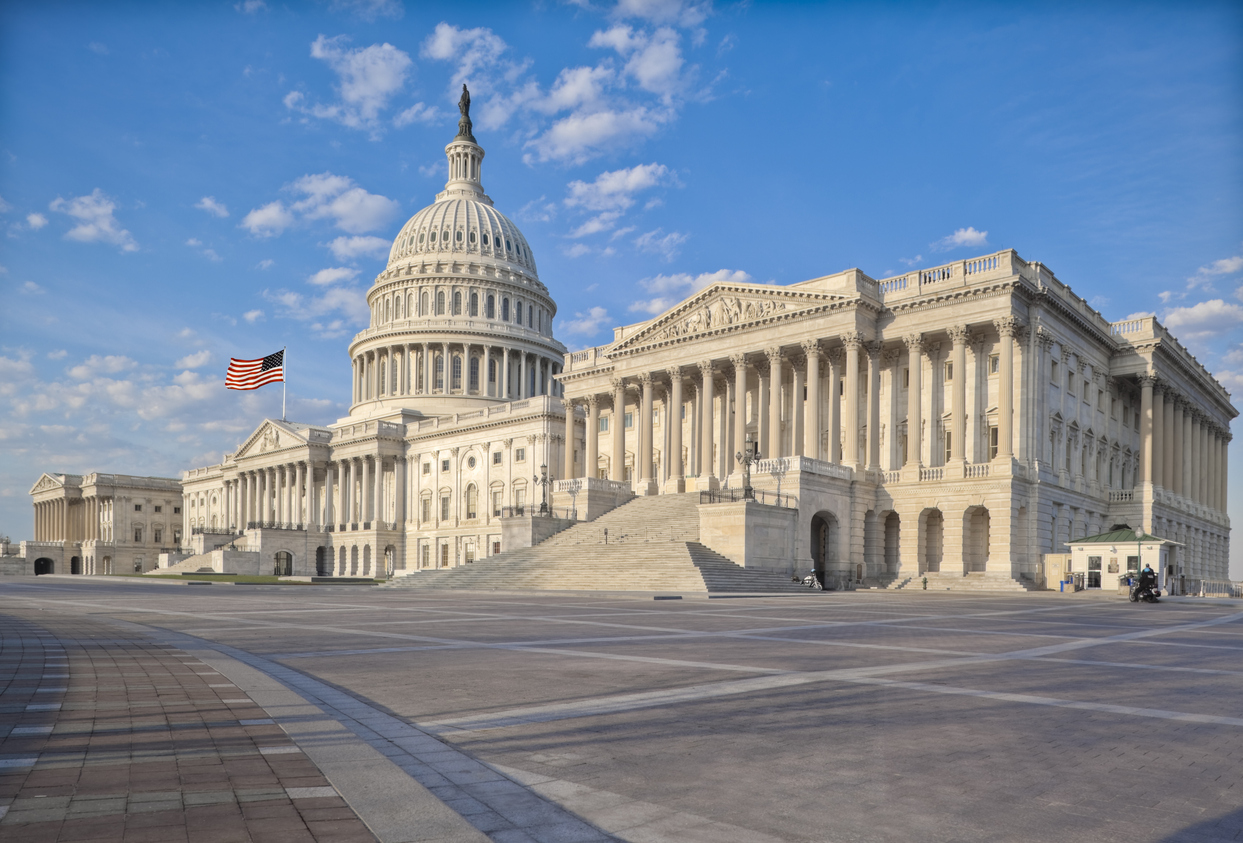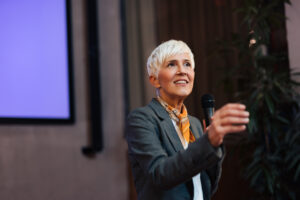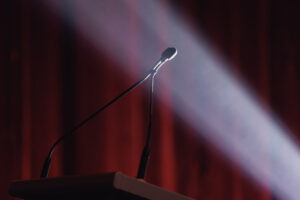Why more CEOs keep getting called to testify before Congress – and the role comms must play
Insight on the prep process for these high-stakes hearings.

“They’re here. You’re on national television. Would you like now to apologize to the victims who have been harmed by your products?”
Pressed heavily by Missouri Senator Josh Hawley, Meta CEO Mark Zuckerberg rose to from the hearing table and turned to the rows of families bearing photos of loved ones whose deaths were connected in various ways to his social media platforms.
There, in front of flashing cameras and watching senators, Zuckerberg apologized.
Just months before this dramatic scene, several university presidents sat in similar seats to discuss antisemitism on their campuses. Two resigned amid the fallout.
These are extraordinary moments on Capitol Hill – but they’re becoming increasingly normal.
“While the committees have always held oversight hearings, I think we see these as really very politically focused,” Michael Hotra, managing director of strategic communications firm H/Advisors Abernathy, told PR Daily. “With very, very razor thin majorities in both the House and Senate, members are using the oversight and investigation process to score political points, to burnish their reputation and raise issues with their constituents, to put issues in front of their constituents in a positive way — and also to conduct legitimate oversight.”
The communications fundamentals required to navigate these hearings are immense, from media training before testifying to managing the political fallout in the aftermath.
Hotra explained what’s changed in Congress to increase the frequency and intensity of these hearings and how to best prepare leaders for these high-stakes moments.
Why we’re seeing more Congressional hearings now
In 1994, Henry Waxman, a Democratic representative from California, called on the heads of seven major tobacco companies to appear before the House Committee on Energy and Commerce’s Subcommittee on Health and the Environment, which he chaired. They would be the only witnesses called, and if they did not attend, their chairs would sit damningly empty.
All seven attended and testified. It was a media sensation that began to turn the tide against tobacco in the American consciousness.
Hotra points to this moment as the genesis of the modern practice of calling CEOs and executives before the legislature.
“I think Congress went ‘aha, we got something here,’” Hotra said.
But while the Waxman hearings may serve as a template, broader governmental trends help explain why this trend is intensifying in recent years.
Congress, Hotra said, has moved away from its traditional legislative process and into a scenario that’s built more about legislating through fiscal deadlines. Rather than legislation moving through committees and subcommittees, it instead focuses on what Hotra calls a “four corners negotiation” between majority and minority leaders in both houses, with occasional input from the president’s administration.
“The committees in Congress are sitting there without as much to do, or one could argue, anyway,” Hotra said. So they turn their attention to an attractive target: CEOs.
“Bringing the CEO, the apex of any organization, in front of Congress, he or she can be asked anything,” Hotra said “Congress has found that to be popular and it’s a recurring theme..”
Three key seats at the prep table
But Hotra acknowledges that what’s good for Congress likely isn’t nearly as much fun for the CEOs on the other side of the table.
When prepping clients to testify in this pressure cooker environment, Hotra says there should be three co-equal seats at the table: government affairs, legal and communications.
The legal representatives are there to help set the legislative agenda for the hearing. “Congress is interested in making policy, so you’ve got to have a point of view on what that policy is or what it should be,” Hotra noted.
Government affairs professionals or lobbyists are invaluable to help the executive understand the personalities and political needs of the questioners in Congress.
Communicators are needed to shape the messaging inside and outside the hearing room. Hotra specifically pointed to the testimony of the university professors on antisemitism as proof of the importance of communications having that equal seat at the table.
“Several hours’ worth of testimony got distilled down into just a few sound bites that were really, really damaging,” he said. “Whether that’s fair or not, it should be anticipated.”
Rapid response capabilities are key to striking back against that soundbite cycle. “So as you’re sitting, listening to a principal or a client, having some good situational awareness of, ‘oh my goodness, he or she just made news,’” Hotra said. “That’s important information to know convey back, whether it’s to a war room or a client’s headquarters.”
Together, these three parties should set about shaping an overall strategy for the testimony, which includes understanding your client’s role in the overall hearing.
“Is your principal going to be the main course, or are they one of the sides?” Hotra asked. If you have a small role in a controversial issue, you may be able to fade into the background on a panel of witnesses. But if you have a major role to play, or you’re one of only a handful of witnesses, that requires more thought and prep.
What prep looks like
The last piece of the puzzle, Hotra said, is preparing your witness. As with any sort of media prep, that begins with a candid, honest assessment of the person who will go before the gauntlet that is a Congressional hearing.
“There are some people who are going to move and be great at it, because they’re not just good thinkers, but they’re very agile thinkers, and they understand the motivations of the people asking the questions,” Hotra said. “But what we want to do is, make sure that, again, legal, government affairs and comms are working together to prepare that witness.”
From there, the training can begin in one of the mock hearing rooms scattered throughout Washington, D.C. to put witnesses through their paces in a grueling, tiring training process.
Depending on the timeline, there may be months for preparation or just a few days. “It’s time consuming, and it imposes, particularly for CEOs, on the most precious resource they have, which is time, but it’s really, really critical,” Hotra said.
Helping the principal understand the difference between a great legal answer and a great all-around answer is a key part of this process.
Hotra said one response might be “a great, very legalistic answer. And it’s factually correct and accurate and consistent with the policy that we support,” he explained. “But it’s too long, and it carries some headline risks. So we may may need to think about that.”
As we continue to move into an election year in the United States, Hotra said it’s safe to assume we’ll only see more of these kinds of hearings before Congress.
“We’ve seen over and over again that when the CEO has come to town, regardless of the industry, it’s good theater, and it’s very, very newsworthy.”
Learn more about the vital role of communications in the governmental process at Ragan’s Public Affairs & Speechwriting Virtual Conference on Wednesday, February 21, 2024 11 a.m.-3:30 p.m. ET.
Allison Carter is editor-in-chief of PR Daily. Follow her on X or LinkedIn.







